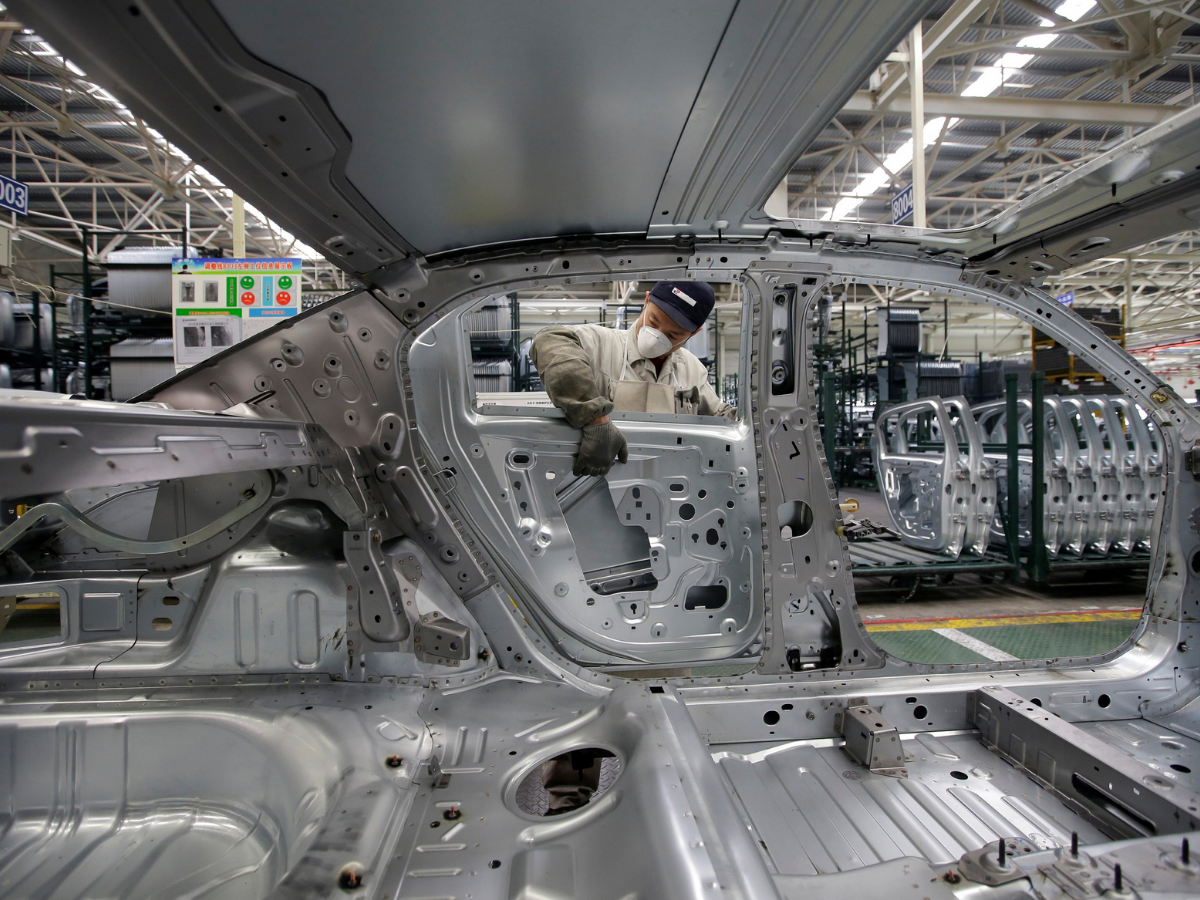
About a third of the 95 automotive and auto component companies qualifying for the sectoral production-linked incentives (PLI) scheme did not make the requisite investments in the first year of the support programme, said multiple people in the know. Their hesitation, sources said, pertained to demand for further clarity in the programme.
The INR 25,938-crore scheme, which looks to boost local manufacturing of advanced automotive technology (AAT) products, comes with a rider of stipulated fresh local investments for companies to receive incentives.
However, many companies skipped making these investments owing to some uncertainties around the scheme, sources said. One of the key reasons was a delay in the release of a standard operating procedure (SOP) to calculate domestic value addition (DVA). The scheme requires a minimum 50% domestic value addition (DVA) by manufacturers.
However, the SOP for calculating the DVA was released only on April 27, 2023. The scheme became operational from April 2022.
In the absence of the SOP, companies claim that they couldn’t receive certification of compliance in time for the first year of the scheme. “Because scheme details like the SOP were not released, lenders did not release the funds as they were waiting for reasonable certainty that we would get the benefits which would allow us to pass them on to customers,” said Sudhir Mehta, managing director of Pinnacle Industries, one of the scheme participants.
“Now that clarity has come, we are planning to make the investment this year,” Mehta said. Queries sent to the ministry of heavy industries, which is implementing the PLI scheme for the auto sector, went unanswered as of press time.
As many as 95 companies were shortlisted for the PLI scheme for the auto industry. Of these, 20 companies were under the original equipment manufacturer (OEM) category, including Maruti Suzuki and Tata Motors, and 75 companies under the component maker category, including Bosch and Lucas TVS.
A few companies, like Ford India, and some components makers, had dropped out of the scheme earlier due to various reasons.
A senior official who looks after corporate affairs of an auto ancillary company said that multiple changes in the calculation of the DVA formula has been a big deterrent for their company to plan capital expenditure for the PLI scheme. This uncertainty brings a lot of volatility to the calculated internal rate of return, which could deter long-term investments, they said.
“A frequent change in rules of games is detrimental for longterm investment for a corporate,” this person added.
Some companies, especially component makers, were also expecting an expansion of the list of advanced technology products eligible for receiving subsidies.
However, no such expansion of the list has happened so far, resulting in some companies becoming unsure of continuing with the scheme.
“The scheme document provides for the addition of new products to the list of advanced automotive technology components from time to time. Industry players have made multiple representations in this regard, and I believe that if the government were to add new products to the list, the investments under the scheme could significantly increase,” said Saurabh Agarwal, partner, EY.
Expanding the list would help in increasing industry participation in the scheme, in line with the government’s stated objective of promoting domestic manufacturing of high technology auto components, he said. Many companies have not firmed up their investment plans even now and are waiting to receive the certificate of compliance for the scheme before going ahead with capital expenditure, sources said.
















